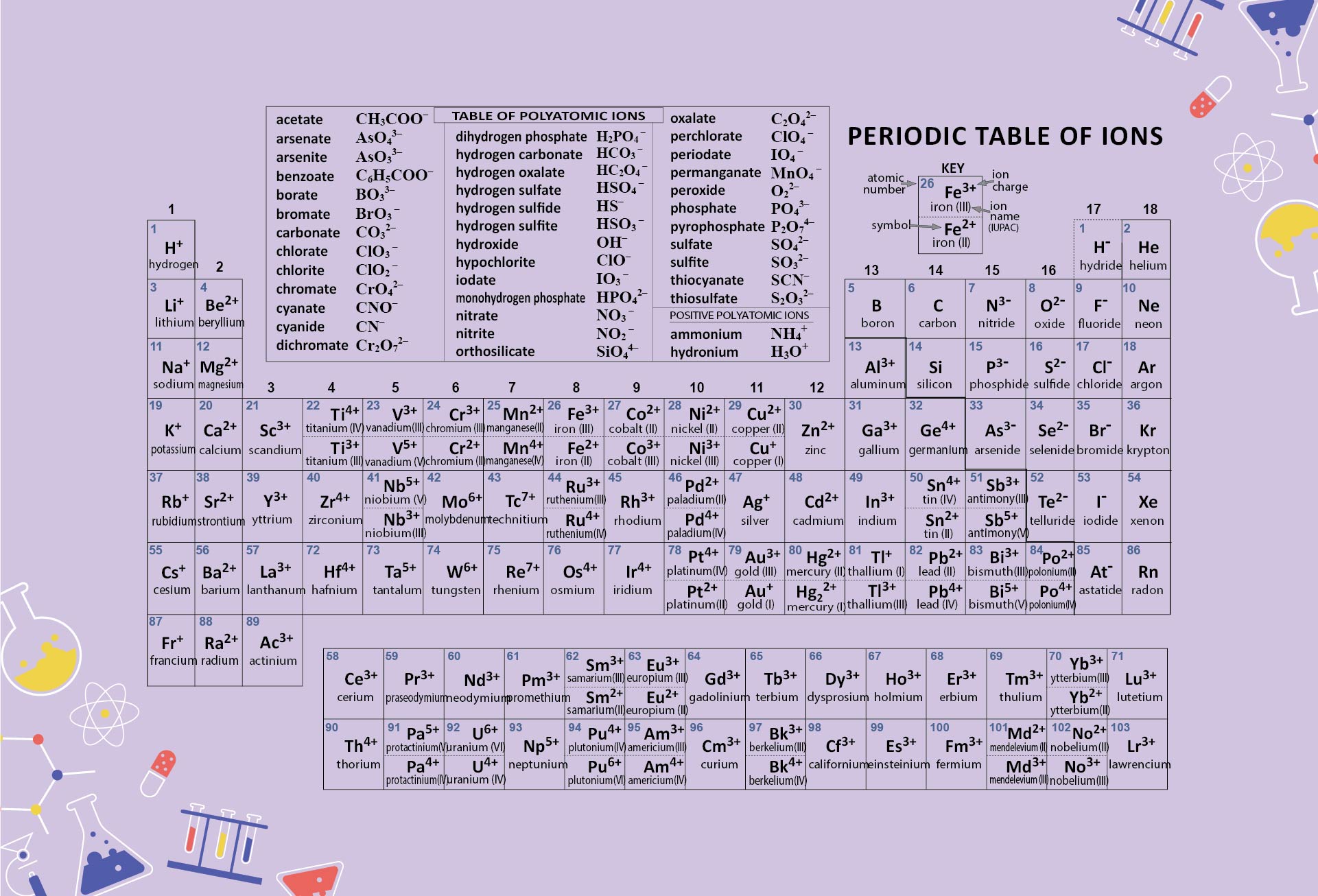

Electronic structure of the atom and the quantum-theory. Concordance de l’Arrangement Quantique, de Base, des Électrons Planétaires, des Atomes, avec la Classification Scalariforme, Hélicoïdale, des Élements Chimiques (Beauvais Imprimerie Départementale de l’Oise, 1930). Die Mathematischen Hilfsmittel des Physikers 3rd edn (Springer, 1936). The order of electron shells in ionized atoms. in Tools and Modes of Representation in the Laboratory Sciences (ed. Alabama Press, 1974).īensaude-Vincent, B. Graphic Representations of the Periodic System During One Hundred Years (Univ. The physics behind chemistry and the periodic table. Relativistic Dirac-Fock expectation values for atoms with Z = 1 to Z = 120. Variation of atomic wave functions with atomic number. Periodic table of the elements and the Thomas–Fermi atom. Quantum Mechanics: Non-Relativistic Theory 2nd edn Vol. Atomic Energy Commission, Technical Information Service, 1953). Theory of the Periodic System of the Elements Vol. Anomalous groups in the periodic system of elements. Quantum electrodynamic corrections for the valence shell in heavy many-electron atoms. QED corrections to the binding energy of the eka-radon ( Z = 118) negative ion. Goidenko, I., Labzowsky, L., Eliav, E., Kaldor, U.

QED corrections for the valence electron in the heavy and superheavy metal atoms from the 11 and 12 groups. Chemical bonding and bonding models of main-group compounds. Zhao, L., Pan, S., Holzmann, N., Schwerdtfeger, P. The connection between spin and statistics. The Lewis electron-pair bonding model: the physical background one century later. The Chemical Bond (Wiley, 2014).īacskay, G. The physical nature of the chemical bond. The Nature of the Chemical Bond (Cornell Univ. Colloquium: superheavy elements: oganesson and beyond. A suggested periodic table up to Z ≤ 172, based on Dirac–Fock calculations on atoms and ions. The periodic-table–a universal icon: its birth 150 years ago, and its popularization through literature art and music. A Well-Ordered Thing: Dmitrii Mendeleev and the Shadow of the Periodic Table (Princeton Univ. The Periodic Table: Its Story and Its Significance (Oxford Univ. Mendeleev’s concept of chemical elements and the principles of chemistry. The Periodic System of Chemical Elements: A History of the First Hundred Years (Elsevier, 1969). Über die Beziehungen der Eigenschaften zu den Atomgewichten der Elemente. In this Perspective, we critically analyse the periodic table of elements and the current status of theoretical predictions and origins for the heaviest elements, which combine both quantum chemistry and physics. Nuclear stability, decay rates, spectra and reaction cross sections are also important for predicting the astrophysical origin of the elements, including the production of the heavy elements beyond iron in supernova explosions or neutron-star mergers. For the short-lived transactinides, the nuclear stability becomes an important factor in chemical studies. Further, ambiguities in electron configurations and the breakdown of assigning a dominant configuration, owing to configuration mixing and dense spectra for the heaviest elements in the periodic table. Apparent anomalies can arise from relativistic effects, partial-screening phenomena (of type lanthanide contraction) and the compact size of the first shell of every l-value. This order enables us to approximately predict the chemical and physical properties of elements. In the periodic table, the elements are placed into a certain period and group based on electronic configurations that originate from the Pauli and Aufbau principles for the electrons surrounding a positively charged nucleus. The underlying fundamental theory to describe the interactions between particles comes from quantum theory or, more specifically, from quantum field theory and its inherent symmetries. The periodic table can be seen as parallel to the Standard Model in particle physics, in which the elementary particles known today can be ordered according to their intrinsic properties. Mendeleev’s introduction of the periodic table of elements is one of the most important milestones in the history of chemistry, as it brought order into the known chemical and physical behaviour of the elements.


 0 kommentar(er)
0 kommentar(er)
